Minimalist photography is captivating, bold, and creative. By following a less-is-more approach to composition, photographers can create distinct and dynamic images in the minimalist style.
Everyone can try their hand at minimalist photography. And there are many ways you can bring minimalism into your photography style.
That’s exactly what we’re going to look at in this article. We’ve got a boat load of tips on how to produce your own eye-catching minimalist photography.

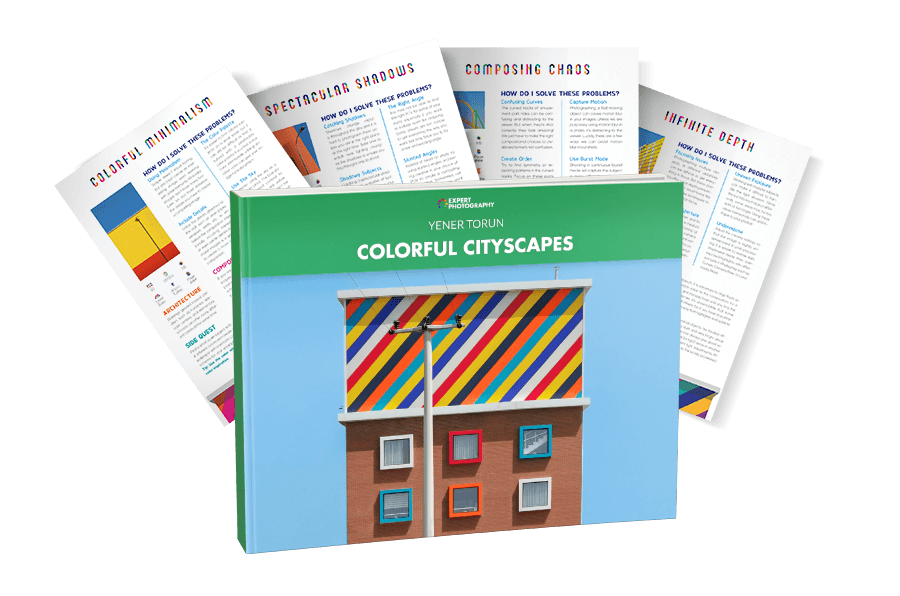
Minimalist photography is where you use a small number of visual elements to create a powerful image.
Minimalism is an artistic style that uses a less-in-more approach to visual storytelling. Rather than filing the frame with lots of subjects and artifacts, the artist uses very few. The same goes for minimalist photographers.
Images that use a minimalist approach often have large amounts of negative space. This space is then punctuated by a few, sometimes very few, objects or subjects.
Minimalist images are clean and uncluttered. In addition to negative space, they also involve strong lines or patterns. They might also include blocks of color or light and shadow.
While minimal photography is a genre in its own right, you can also use minimalist techniques in other types of photography.
You can have minimalist street photography. You can even shoot minimalist landscapes or portraits. Minimalism can also be used in food and product photography.
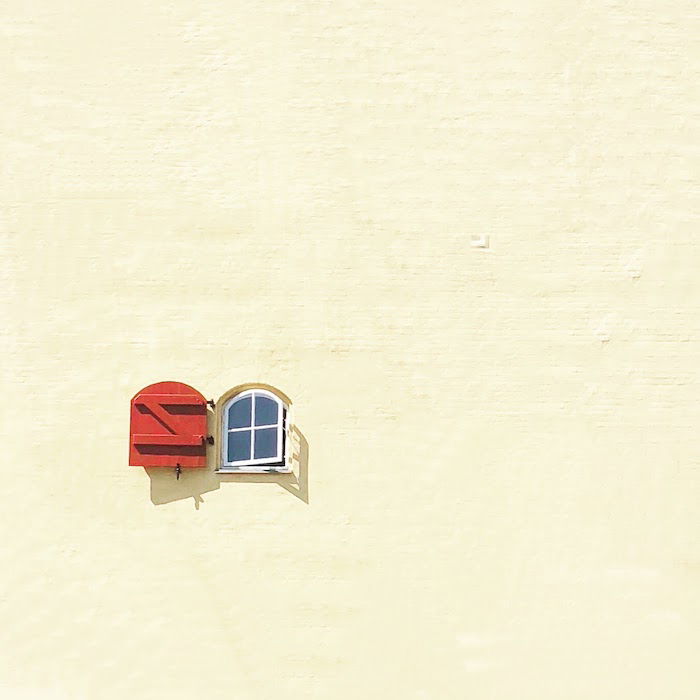
Now we’ll look at ways of bringing minimalism into your photography. These tips will help you understand what minimal photography is. They will help you produce your own minimalist photos. And by the end, you’ll be able to bring minimalism into any style of photography.
When you’re scanning the scene in front of you, look for objects that stand out on their own. These are things that don’t have much around them. They are isolated and distinct from their environment.
The object could be anything that stands out from its surroundings. It could be a single tree in an otherwise empty field. Perhaps it’s a single person in a concrete-heavy urban space. Or, you might find one fallen leave on a grey pavement.
The idea is to find a subject that sticks out of its environment. You then need to make sure you compose the shot so the subject stands alone without any other distractions nearby.

Negative space is one of the key compositional elements in minimalist photography. This is the space that has nothing in it. It’s the barren area around an isolated object.
Of course, no space is completely empty. But areas of the frame can look empty, or nearly empty, when shot correctly. You can find bare walls or open, featureless spaces. Clear blue skies also work as negative space.
Negative space is often easier to identify and utilize in black and white photography. It’s easy to find blocks of solid black, white, or grey.
But you can also use negative space in color photography. As stated, a blue sky is a brilliant tool for minimalist photography. But you can also find blocks of colors in your environment. Color also helps your isolated subjects stand out from their surroundings.

Solid blocks of colors or tones are a common feature in minimalist photography. Large areas of black, white, or grey are often used in minimalist black and white images. But you can use the same style of composition when shooting in color.
We’ve already mentioned how a blue sky gives you a solid color block. You can find others in all types of environments.
The sea and sand give you two colors when near the coast. Walls of buildings are often monotone, giving you a large block of one color. You also have the green of fields and lawns providing one solid color over a vast space.
Color blocking is even easier if you’re shooting in a studio. You can buy or make solid-color backdrops that make minimalist photography easy.

Color contrast can make minimalist photography powerful and unique. Try finding color combinations that are pleasing to the eye, like contrasting sets of black and white or dark and light.
Another method for minimalist photography is using complementary colors.
Complementary colors sit directly across from each other on a standard color wheel.
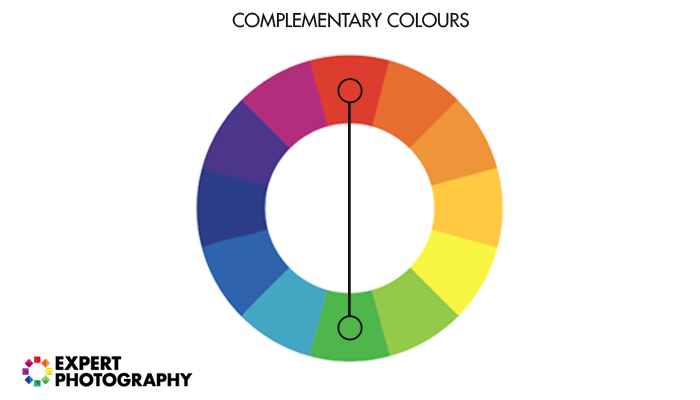
A pale yellow flower in a sea of green bushes may not provide much of a pop. But a bright red flower among that same field of green will stand out.
This is because red and green are almost directly across from each other on a color wheel. Combining complementary colors can create captivating images.
There is no shortage of combinations to choose from. Some of the most used combinations include shades of purple and yellow, red and blue, and orange and blue.

The black and white photos can be even more powerful when paired with a minimalist composition. Removing all color strips the image down to its bare essentials.
Black and white photography forces you to use stronger composition techniques to make your images interesting. You can’t rely on color, so you need to use other things to grab the viewer’s attention.
That’s why shooting in black and white works so well with minimalist photography. You need a strong compositional foundation. But you also get bright whites and deep blacks. These give you contrast and areas of negative space that intensify the composition.
If you’re a film photographer, using a film stock with a low ISO is a great option. Low ISO black and white films give you deep blacks that allow bright subjects to stand out.

Clean lines and simple shapes are another way of creating compelling images while maintaining a sense of simplicity.
Leading lines, whether they be horizontal, vertical or diagonal, help lead the viewer’s eyes to your subject.
The combination of color contrast and lines can provide a powerful viewing experience.
Leading lines may not even need a subject. Sometimes the lines are the subjects themselves.

Symmetrical compositions are appealing as they can create harmony and a sense of wholeness.
It can enhance the orderliness and the balance of a scene. Also, it highlights the subject, which is usually in the middle of the image, along the dividing line.
The rule of thirds is common in photography. And we often say that we should compose the image according to the golden ratio. But when you use symmetry, placing the subject in the middle is often the best option when you’re looking for symmetry.
You find symmetry on the vertical, horizontal, or diagonal axis. This gives you plenty of compositional options when creating a symmetrical minimalist image.
For example, symmetry is popular in minimalist architectural photography. The straight lines and geometrical shape make it easy to find symmetry in man-made structures.
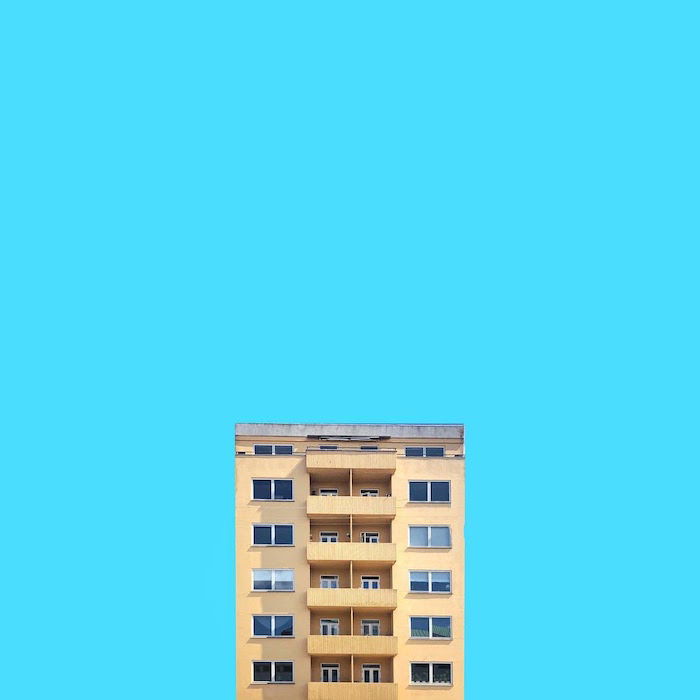
Patterns and texture are another great way to produce simple, powerful minimalist photography.
A texture can become the subject when used as a frame-filling element or as a repeating pattern. Both of which can be found in nature or in man-made environments.
By zooming into objects close enough to see their texture, you allow the texture itself to become the focus of the image. There are limitless possibilities for this effect in both man-made and natural scenes.
Using a textured object or subject against a smooth, simple background maximise the impact of this effect.
Instead of color, the texture works as the contrast needed to make the image uncluttered yet interesting. You can create a sense of harmony from this abstract style of photography.
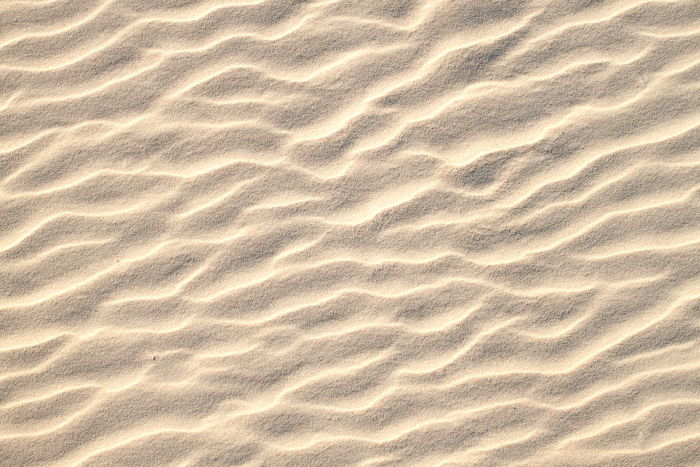
Some photographers prefer to do all their composition work with their camera. They like to create the image using camera skills rather than editing skills. But you don’t have to follow that trend.
Karen Vikke and Yener Torun are two minimalist photographers who certainly use editing software to their advantage. You can do the same.
When taking pictures out in the wild, there is a lot you cannot control. That means you can’t always get the image you want with camera skills alone. That’s why editing software can help you achieve your minimalist dreams.
In Adobe Photoshop or Luminar Neo, it’s easy to remove unwanted objects from your image. This gives you more creative control, helping you create truly minimalist images.
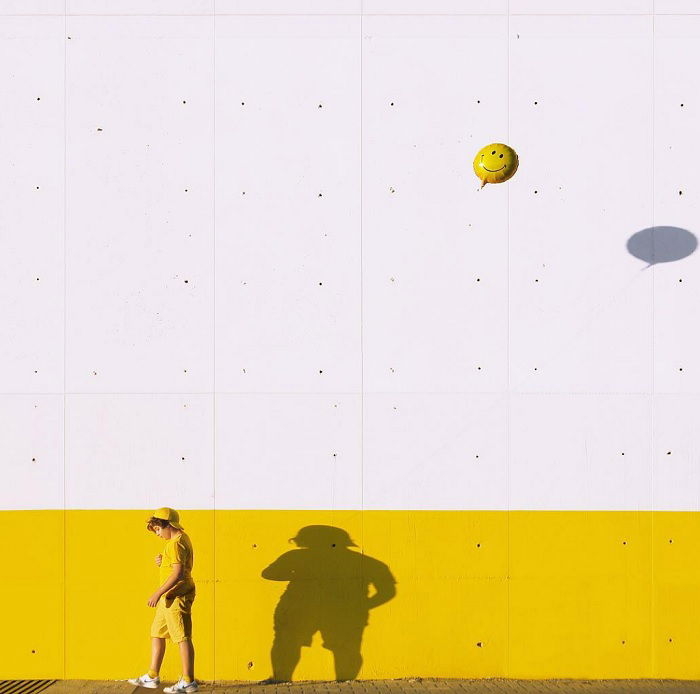
Stripping down a scene to the bare essentials can help your image tell a story.
With fewer “moving parts”, the viewer will be able to understand the photo much easier.
As a photographer, you have a responsibility to hold the viewer’s attention. What tale can you tell with just a couple of objects and a simple, plain background?
If you can’t construct a possible narrative just from looking at your photo, your viewers won’t be able to either. Find a way to add more visual storytelling with your minimalist photographs.
If you’re only using a few objects in your image, make sure they are somehow connected. Make sure the viewer will be able to work out the connected as this will help with narrative.
You can also use symbols and suggestive imagery to enhance the storytelling aspect of your minimalist photos.
Using minimalism in documentary or street photography will help capture the viewer’s attention.
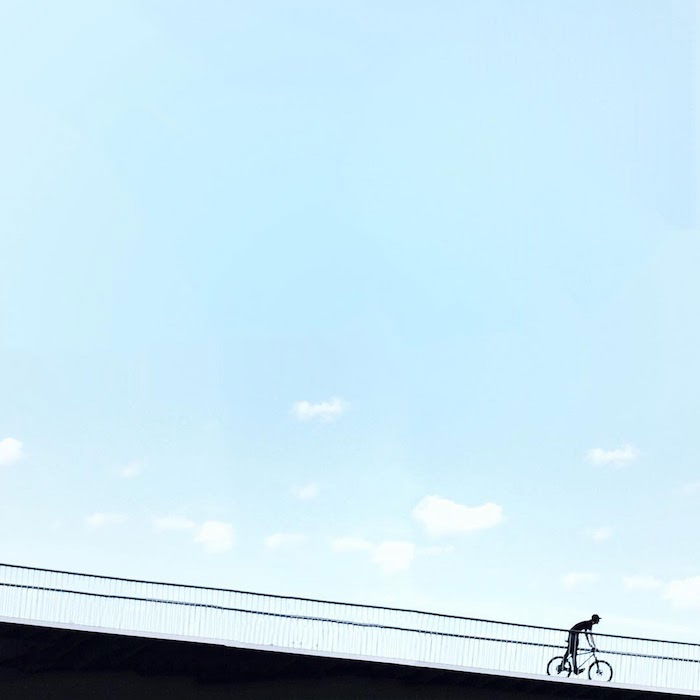
Minimalist photography is eye-catching, thought-providing, and aesthetically pleasing when done right.
With a few well-considered objects and a strong composition, you can create dynamic minimalist images. It might take practice, but following our tips will give you a better understanding of minimalist photography.
You can also bring minimalist ideas and skills into all types of photography. Whether you’re into street photography or portraiture, you can add a touch of minimalism to enhance your results.


